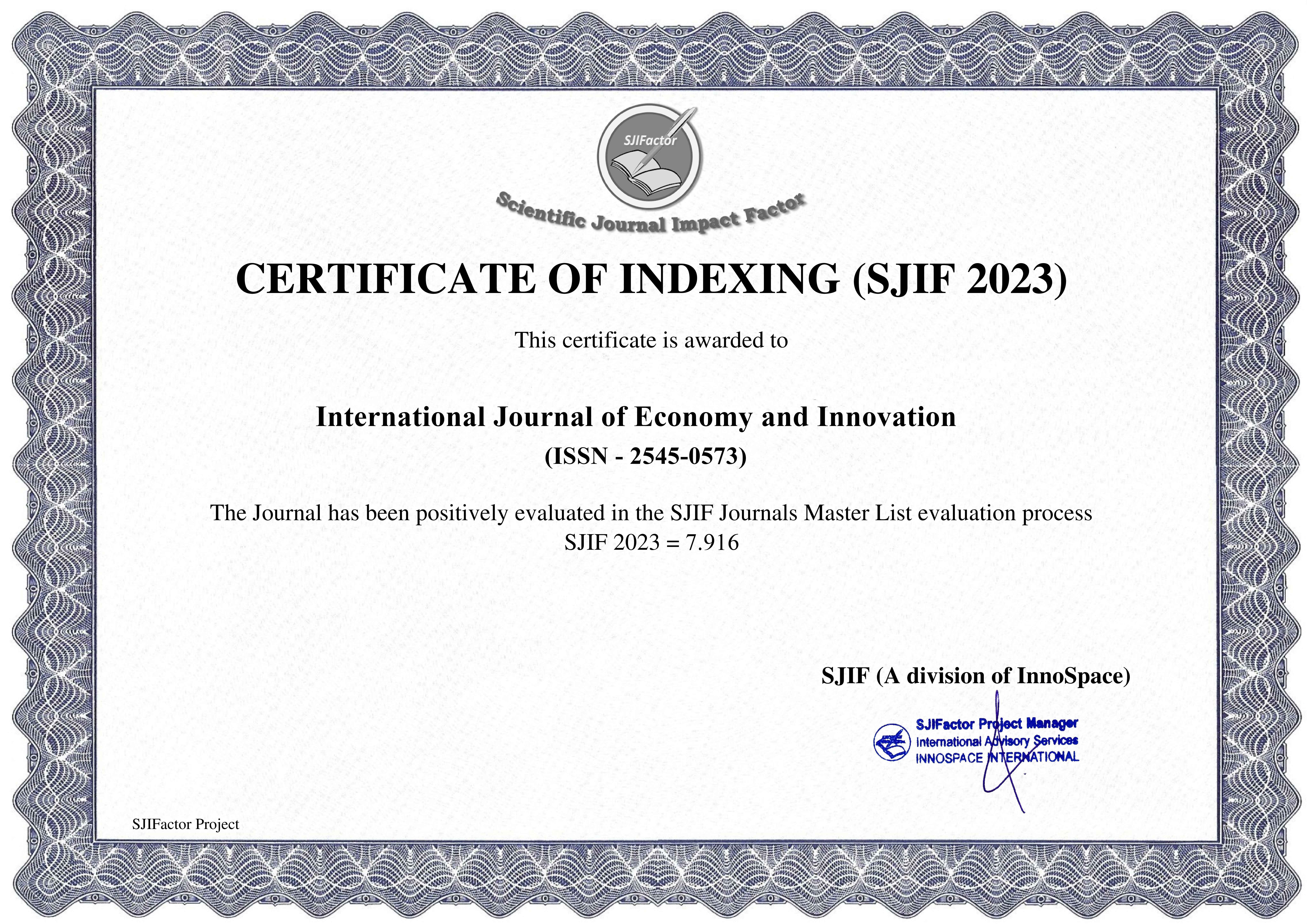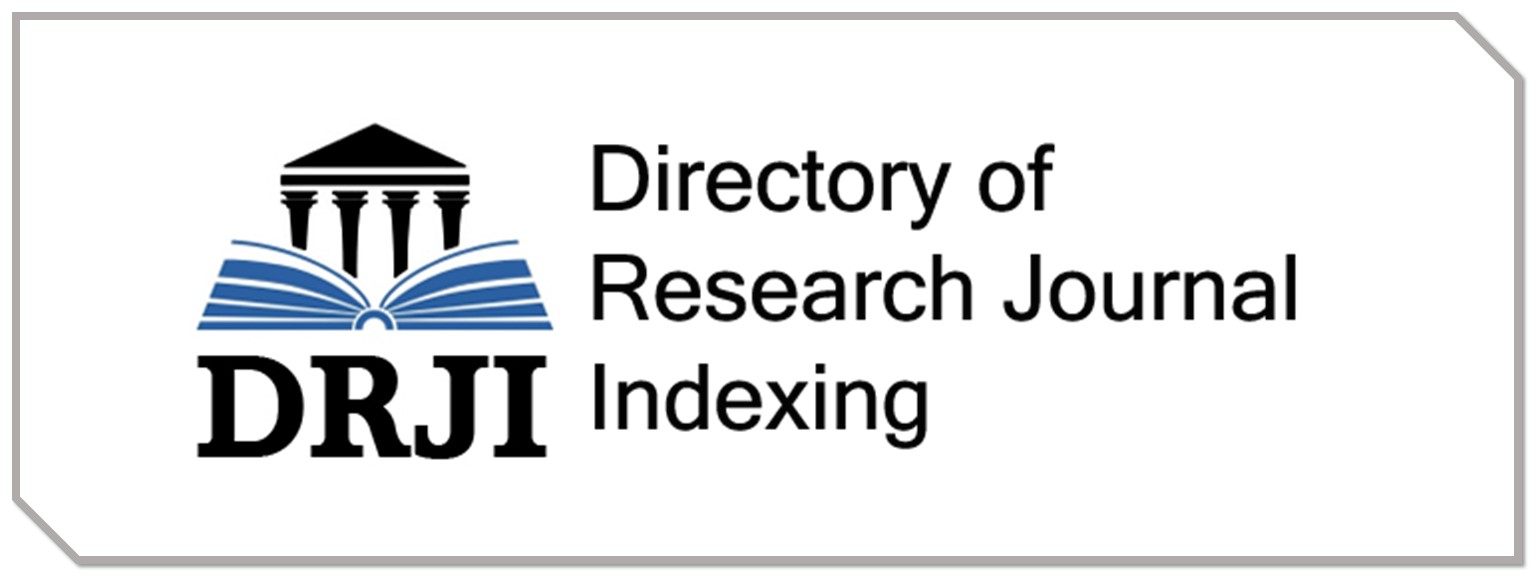COOPERATIVE AND RURAL SAVINGS MOBILIZATION AMONG THRIFT AND CREDIT COOPERATIVE SOCIETIES IN AWKA SOUTH LOCAL GOVERNMENT AREA, ANAMBRA STATE
Keywords:
Rural Savings Mobilization, Thrift and Credit Cooperative Societies, Savings Behaviour, Social Factors, Economic Factors, Institutional FactorsAbstract
This study investigates the dynamics of cooperative and rural savings mobilization among thrift and credit cooperative societies in Awka South Local Government Area, Anambra State. The primary objective was to analyze the various social, economic, and institutional factors influencing savings behavior among cooperative members. A sample of 101 respondents was surveyed, and data were analyzed using descriptive statistics, including simple percentages, mean, and standard deviation. Findings reveal significant insights into the factors affecting savings practices. Social elements, such as education, marital status, and gender, were found to significantly influence savings habits. Additionally, economic factors, including farm size, income, and occupation, further impacted savings behavior. Institutional variables, such as management efficacy, monitoring mechanisms, asset base, and membership size, were identified as critical influencers as well. The study emphasizes the intertwined nature of these factors and highlights the need for comprehensive strategies to enhance savings behavior within the cooperative community. Based on the findings, the research recommends implementing targeted financial literacy programs to address demographic disparities in savings behavior. Moreover, improving income-generating opportunities through government support for better farming inputs and affordable credit is crucial. Strengthening governance structures through leadership training and enhanced supervision will foster trust and participation in savings initiatives. Finally, expanding cooperative membership and ensuring robust asset management can boost financial service diversity, thereby encouraging more effective savings. Regular external monitoring is also essential to maintain best practices, protect members' savings, and build confidence in cooperative systems.

















